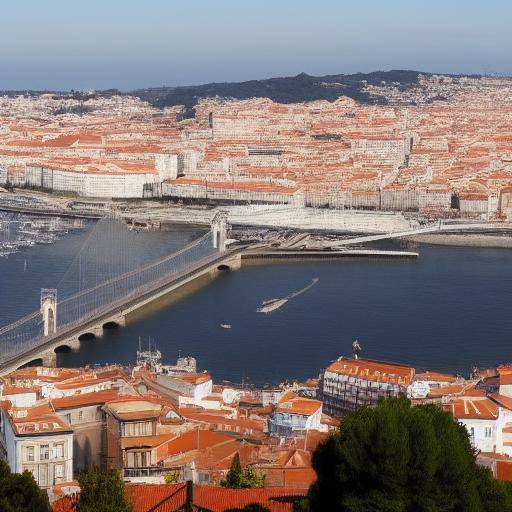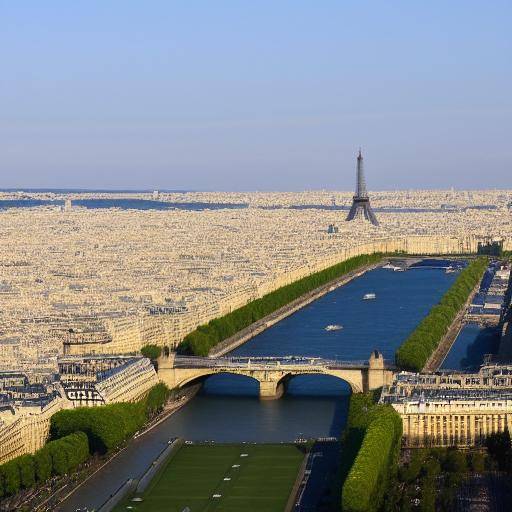
The Great Wall of China, that majestic millenarian structure that extends along thousands of miles, is much more than an architectural wonder. It is a living testament to the grandeur of the imperial dynasties, a window with stunning panoramic views and an outstanding example of defensive architecture. In this article, we will explore the 7 stages of the Great Wall of China that will challenge your resistance, as we discover the history, the natural beauty and the impressive defenses of this magnificent work.
Introduction
The Great Wall China, built and rebuilt along various imperial dynasties, is much more than a simple set of walls and towers. In its long and fascinating journey, it offers dramatic mountain views, physical challenges and a deep connection with history. Join us on this journey through time and space, while exploring the most impressive points of this ancient wonder.
History and Background
The construction of the Great Wall China began during the Qin dynasty, in the third century BC. Under the supervision of the later imperial dynasties, the wall experienced multiple expansions and renovations over the centuries. These sections are silent witnesses of power and the strategic importance of this formidable structure.
This architectural and defensive masterpiece has been fundamental in the protection of the Chinese territory of invasions and has played a crucial role in the conservation of the country's rich culture and traditions. From its humble beginnings as scattered fortifications to becoming the great wonder that is today, the wall has been a symbol of resilience, ingenuity and perseverance.
Panoramic Views
Along the Great Wall China, you can enjoy panoramic views that look like a fairy tale. The rolling hills, steep peaks and deep valleys extend before the visitor's eyes, creating a visual symphony of natural grandeur. The sections of the wall that cross mountain landscapes offer unique experiences that captivate the senses and leave an indelible impression on the memory of those who travel them.
Defensive Architecture
The defensive architecture of the Great Wall China is an impressive testimony of the engineering and strategic planning of the Chinese imperial dynasties. The imposing watchtowers, narrow passages and numerous defensive bastions bear witness to the ability and determination of past generations to protect their territory. These sections of the wall, which rise along steep and challenging terrain, are a reminder of human ability to overcome obstacles and leave an indelible footprint in history.
Next Steps
In the next segment, we will explore in detail the 7 sections of the Great Wall of China that represent the culmination of the imperial dynasties, offer spectacular panoramic views and display an incomparable defensive architecture. Dive into this unique experience and walk with us along the ancient wonder that is the Great Wall China.
This article is a tribute to the greatness of the Great Wall of China, a wonder that not only challenges physical resistance, but also challenges us to understand the immensity of the human spirit.
Frequently asked questions
1. What is the meaning of the imperial dynasties in the construction of the Great Wall China?
The construction and expansion of the Great Wall of China were carried out during several imperial dynasties, such as Qin dynasty, Han dynasty, Ming dynasty, among others. Each dynasty provided its vision and resources for the construction and maintenance of the wall, making it a symbol of the continuity and grandeur of Chinese civilization over the centuries.
2. What are the best panoramic views that can be enjoyed from the Great Wall of China?
Some of the most impressive stretches to enjoy panoramic views include Mutianyu, Jiankou and Simatai. These stretches offer spectacular landscapes of mountains, valleys and forests that captivate visitors with their natural beauty.
3. How was the defensive architecture of the Great Wall designed?
The defensive architecture of the Great Wall China was designed to withstand the invaders' embryos and protect the Chinese territory. Surveillance towers, narrow passages and defensive bastions were strategically located to ensure maximum effectiveness in the defense of the empire.
4. How long did it take to build the Great Wall of China?
The construction of the Great Wall China was carried out over several centuries, with different dynasties contributing to its extension and fortification. It is estimated that the initial construction under the Qin dynasty took about 20 years, while subsequent additions and renovations spread for centuries.
5. What is the current state of conservation of the Great Wall China?
Although many sections have suffered deterioration due to the passage of time and exposure to the elements, significant efforts have been made to preserve and restore the wall. Several sections have been restored to allow visitors to experience their greatness and historical beauty.
6. What is the best time of the year to visit the Great Wall of China?
Spring and autumn are generally regarded as the best times to visit the Great Wall China, as they offer favorable weather conditions and spectacular views of the surrounding landscapes.
Continue reading more about the imperial dynasties, panoramic views and defensive architecture of the Great Wall China.
Conclusion
The Great Wall China is much more than an architectural wonder; it is a silent witness of the greatness of the imperial dynasties, a setting of breathtaking panoramic views and a monument to the skill of defensive architecture. We hope that this tour has led you to appreciate the magnificent history and natural beauty of this incredible symbol of Chinese civilization. Do not hesitate to explore more about this topic to discover everything the Great Wall China has to offer.
If you liked this article, share it with your friends and family so they can also marvel at the greatness of the Great Wall China.
This article has been written for the purpose of celebrating and sharing the historical and cultural legacy of the Great Wall of China, a jewel of the world heritage that never ceases to amaze those who visit it.


















